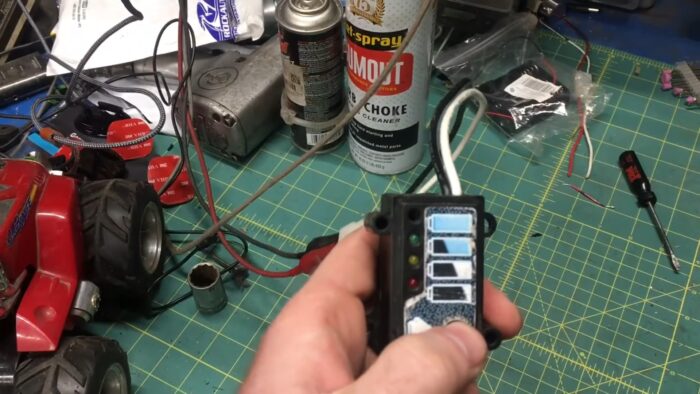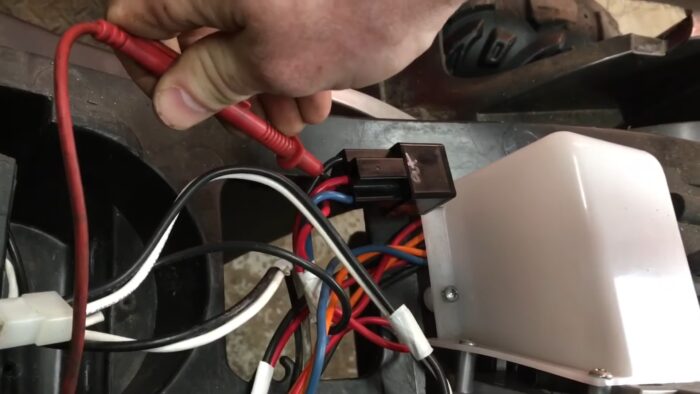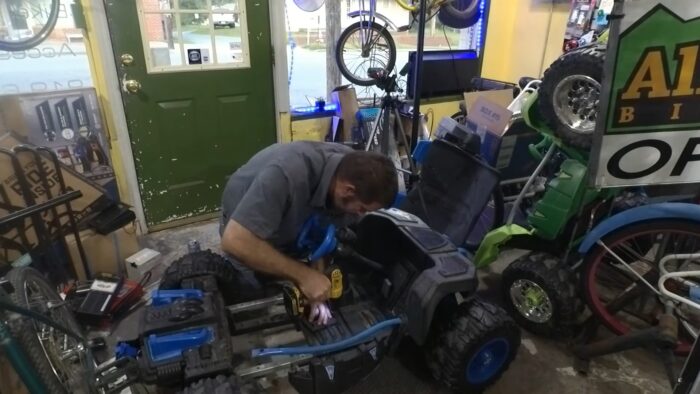Is there something off about your kid’s ride-on toy? Then, the next day it stopped working, and your toddler is making a fuss about wanting a new one? This happens to all of us.
But do not worry! There are power wheels problems solutions that can make the toy car work again. Rest assured that you are in the right place and are a step closer to answering your problems.
If a power wheel breaks down after only months of use, the first thing you might think of is to purchase a new one. But hold that thought, have you tried finding the root of the problem and resolving it? The power wheels fuse might be broken, and you simply have to replace it for the vehicle to run again. That will save you time and money!
Therefore, don’t rush into the local store for a new ride-on car but try sorting it out yourself. How? We have compiled some of the usual issues and power wheels repair. It will guide and assist you in figuring out the problem before it causes more damage or an accident. So, keep reading and take notes.
Table of Contents
Common Power Wheel Issues and How to Solve Them
“How to repair power wheels” is probably what you searched for the past few minutes before landing on this page. It is a good thing you found us as we will impart essential knowledge that will save you from spending money on a new toy car. Here, we have a list of common faults of a power wheel that you can easily set right.
1. Battery
Is the power wheels battery charged but not working? It might be because the battery is not able to generate the correct voltage. Test the battery and charger with a voltage meter. If the charger is the problem, you can try charging the battery with quick solutions until you purchase a new one.
2. Drainage
Most power wheels are not built to endure water exposure, and it is not advisable to use them in the rain or flooded areas. When exposed to water, you need to drain the unit properly to prevent damaged parts and wires. Before drilling drainage holes, identify the right places and areas.
3. Motor
The switches and batteries should be in good working condition before you can test the motor and controller. Did you hear a clicking sound? The issue could be in the controller’s motherboard.
If it’s a grinding sound, the gears are probably ground or stripped. These issues often happen when you upgrade the battery or tires but not the motor. The motor overheats and leads to damage. Upgrade the engine to fix the problem. When replacing power wheels tires, ensure that the new ones are compatible with the upgraded motor to prevent future issues.
Additionally, for enhanced performance, consider adding traction to the tires for better grip, especially when navigating different terrains.
4. Seat Belt
Worn-out seat belts? That should be replaced before your toddler can ride their power wheels. It might seem like a minor issue, but it can create a huge problem and put the little ones at risk. Ripped belts that don’t click need to be torn down and replaced with a new one. There are replacement seat belts you can purchase online.
Frequently Asked Questions About Power Wheel Issues and Solutions
Power wheels not working? What could be the reason? Many people who are trying to get their child’s power wheels to work again have questions that the section might not cover before this. Worry not; we have listed a few and provided an answer.
1. Why Won’t the Power Wheel Move?
It could be due to a faulty battery, a damaged connection to the battery, or charger issues. Check the following parts and see which one is the culprit; only then can you determine what should be done to solve the problem. You might need a charger or battery replacement and fix broken wires.
2. Is It Possible to Fix a Power Wheel Battery?
In most cases, yes. But trying to fix an entirely dead battery is not recommended. Be cautious as improperly charged batteries can damage the charger and the motor. If the battery is beyond saving, acquiring new ones is advised.
3. Can You Replace a Power Wheel Seat?
Yes. You should not turn a blind eye to faulty seats and safety belts. It is an important consideration that provides a safe and secure playtime. Once you notice the damaged seats, you need to replace them with new ones as soon as possible. With a wrench and screwdriver, this task is easy to take on.
4. How Can You Tell if The Power Wheel Battery Is Still Good?
A battery that has been inactive for a long time will take several hours more than its usual recharge time. Make sure to fully charge before disconnecting from the charger. If the battery still doesn’t work, you can find out why, fix them, or simply purchase replacements, which is one of the methods to modify power wheels to go faster.
You can prevent these types of problems by avoiding long periods of inactivity. Remove the battery from the power wheel if you plan on not using the unit for a few months. But before doing so, charge it completely.
Diagnosing the issue appropriately and having the right equipment will make the repair process more manageable. Always remember to purchase quality replacements when needed.
How to Maintain a Power Wheel
Has your toddler grown tired of their slow power wheels? Learn how to convert 12v to 24v power wheels to be safe for your kid to use, before you buy a new one.
Maintenance plays a significant role in making sure that the power wheel lasts for a long time. Proper upkeep can also ensure that your toddler is always safe when cruising around on their toy vehicle.
You can find most of these in the product’s instruction manual, but it’s okay if you do not have them months after buying the toy. We have a helpful list of things to keep an eye on to make sure that your kid’s power wheel is always in good condition.
- Batteries last around two to three years in general. For it to last this long, following the proper recharge instructions, using suitable batteries, and taking care of it properly is key.
- Always follow the manual when assembling the power wheel. Don’t rush; take your time. A proper assembly will last around two to three hours.
- When the power wheel starts to slow down, it is time for a recharge.
- If you notice a problem with the charger, have it fixed or replaced right away. Don’t let it sit, and don’t keep on using the unit.
- Regularly check and tighten screws, nuts, and bolts, especially before using the toy car.
- When cleaning the power wheel, use a dry and soft cloth. Don’t wash with harsh detergents and soaps. Powerful water sprays from hoses is a big no-no. If you think of giving the wide-on vehicle a shine, use non-wax furniture polish and stay away from automotive wax.
- If your kid is not using the toy car, keep it in a protective environment. It is something you should keep in mind, especially during the rainy or winter season.
For problems or issues that are too complicated for you, do not try to experiment. Have an authorized agent or professional take a look at it and provide a solution. Otherwise, you risk further damage.
Conclusion
To save time and money from buying a new ride-on vehicle, try the power wheels troubleshooting tips we have here. Most of the power wheel issues are relatively easy to fix.
As long as you have proper knowledge and understanding of the parts, it is a doable task. Besides, always remember to do maintenance and upkeep of the unit. That way, you can point out any problems and address them as soon as possible.
We hope this article on power wheels problems solutions provided you with the information you need to solve the typical power wheel troubles your kid is experiencing. Share this with people you know who might benefit from the tips we shared.




